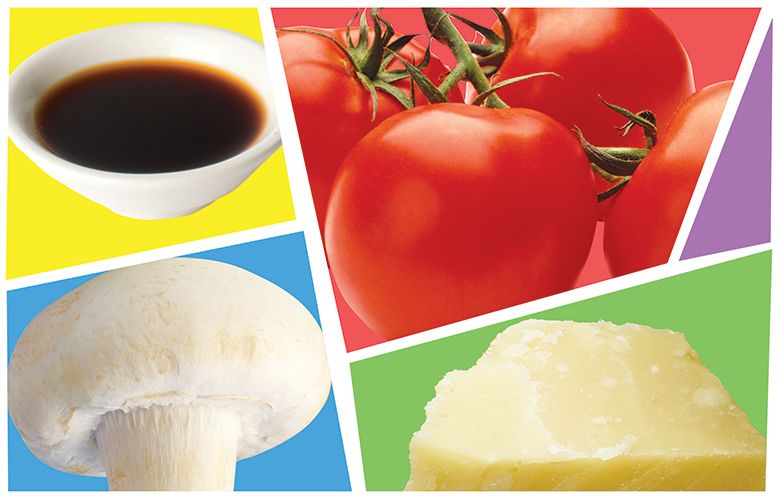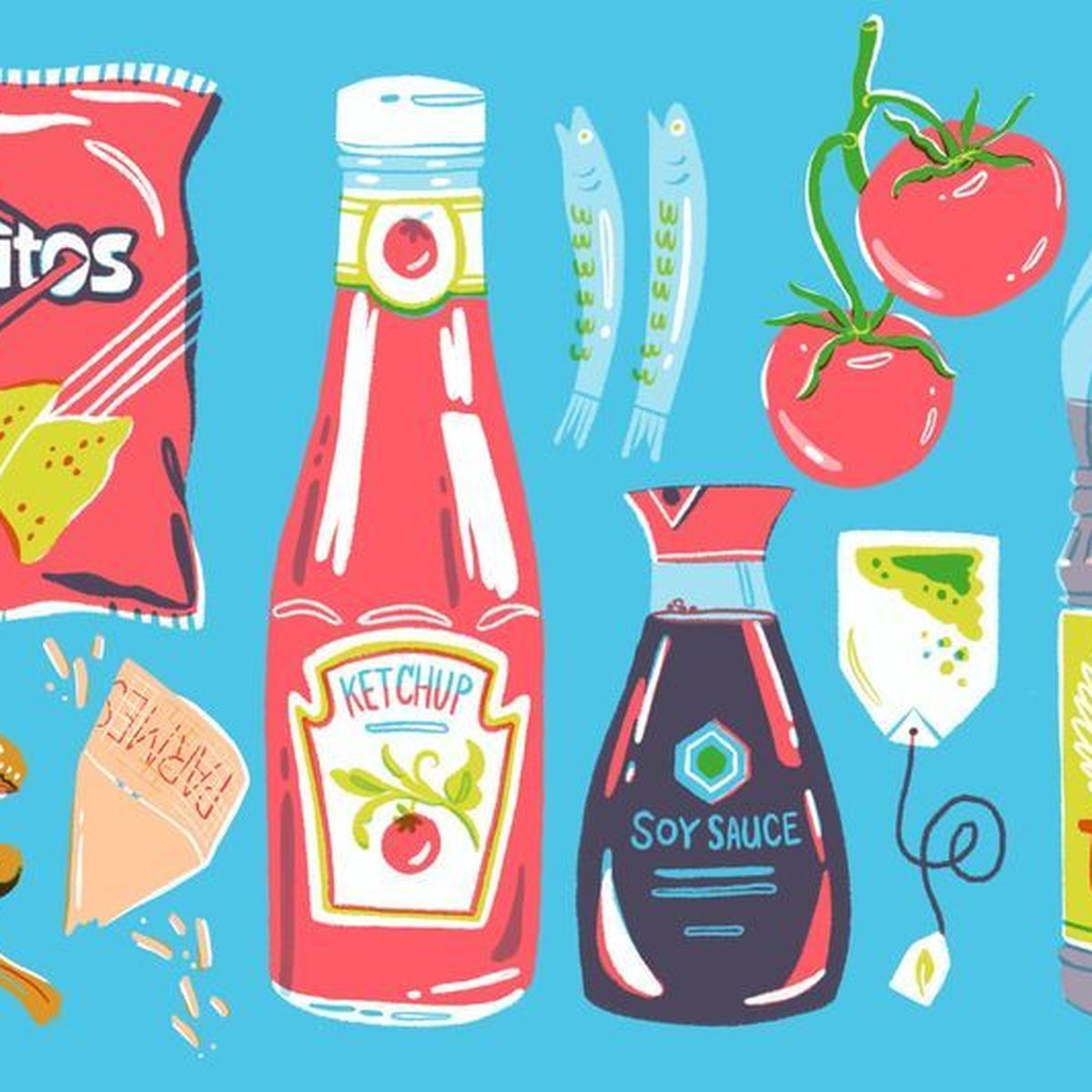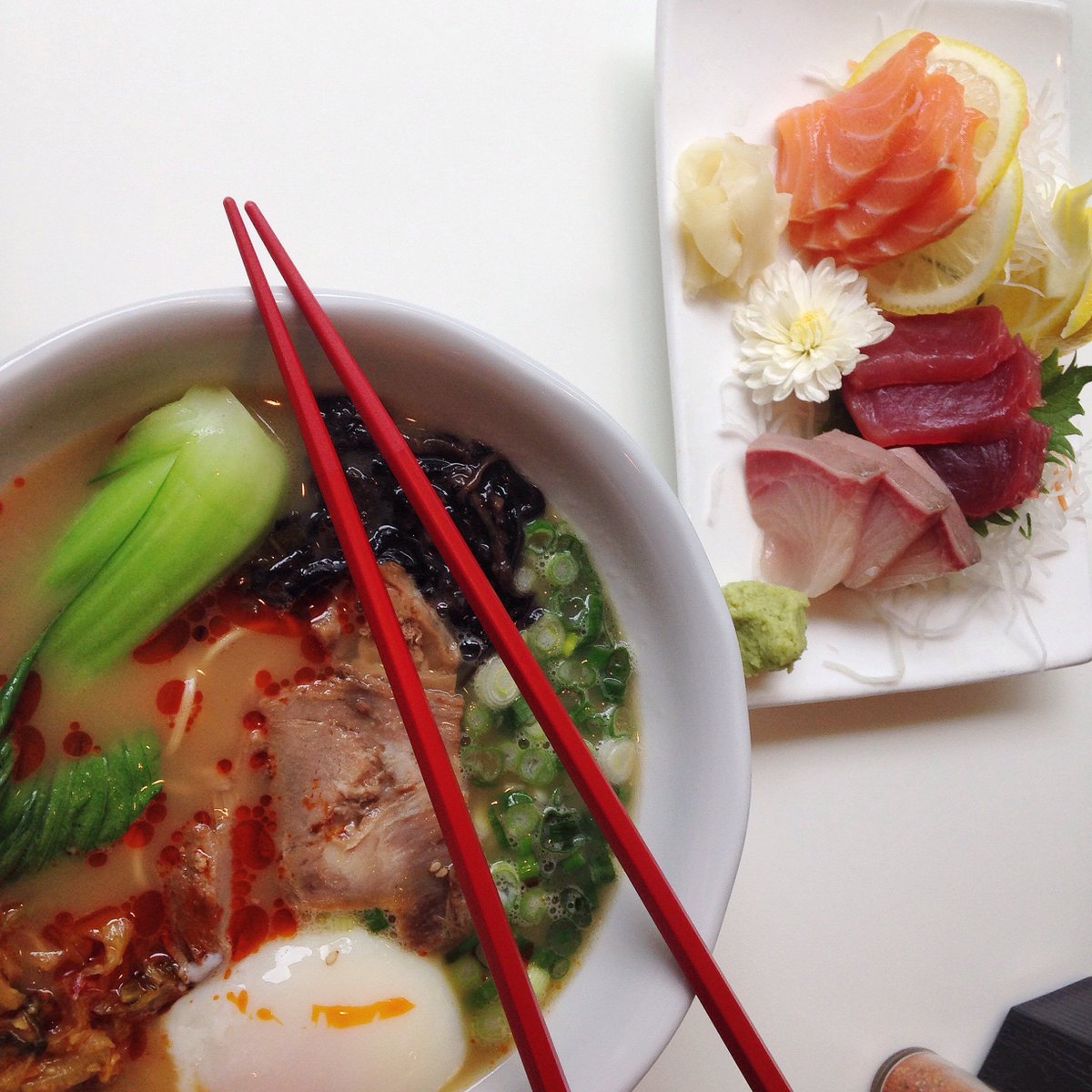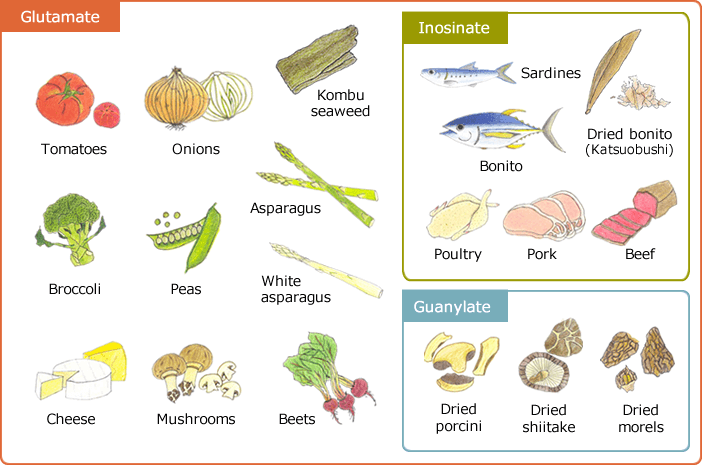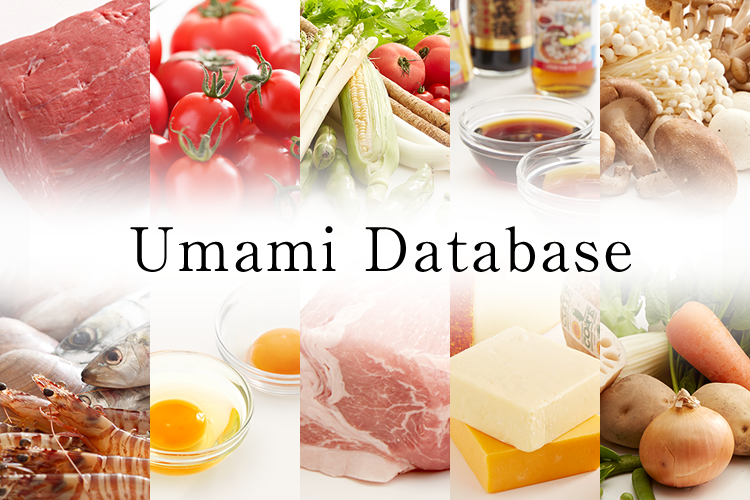Umami Rich Foods
What is umami and how do i explain it.
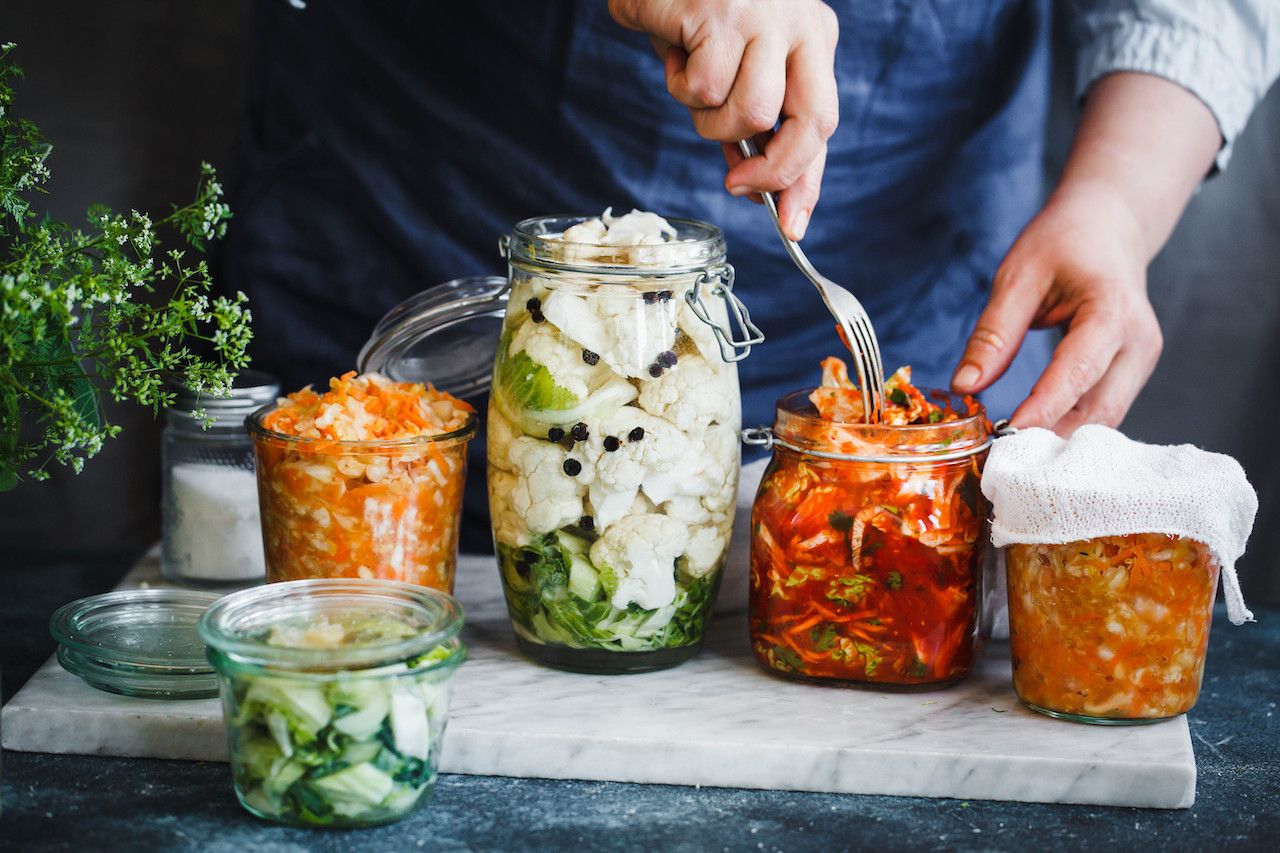
Umami rich foods. Basically fermented and aged foods tend to have more of an umami profile. Monosodium glutamate is a powerful flavor enhancer that despite what you may have heard is widely accepted in the scientific. Parmesan is probably one of the most umami rich ingredients in western cookery. Umami translates directly from the original japanese as delicious taste but the dynamic equivalent in english is more along the lines of pleasant savoury taste.
We will introduce foods rich in these umami ingredients. The main umami ingredients are glutamic acid inosinic acid guanylic acid. Legendary italian chef massimo bottura enhanced his appreciation and understanding of his famous dish five ages of parmigiano reggiano by viewing it as five textures five temperature and five levels of umami reports the guardian. Top umami rich ingredients heres a list of common umami rich ingredients which we put together with the help of the umami information center.
Caramelising pan frying meat bones vegetables onion and garlic will also release more umami. However it has been unknowingly appreciated for years in stocks broths aged. Savoury best capturing what taste though a bit over simplified umami describes. Seaweeds are another one of the umami foods high in glutamate.
Foods rich in umami taste. Its a complex flavour. A recent article noting that monosodium glutamate msg occurs naturally in many flavorful foods poses the question how do you get free glutamates in your food naturally the article appearing in business insider explains. Until the 20th century umami was not thoroughly understood in western societies.
Depending on the type of seaweed glutamate levels are anywhere between 1200 to 3000 mg per three ounces of seaweed. Umami is the fifth taste after salty sweet sour and bitter.
